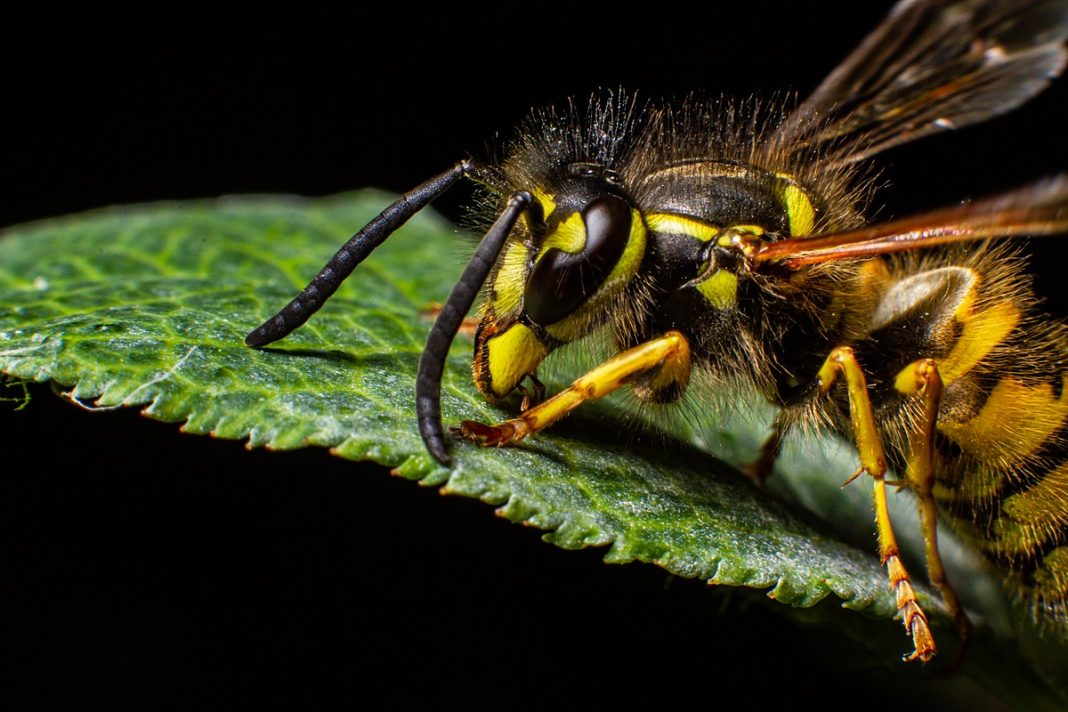Getting stung by a European wasp is damn painful; the Sunday quiet of a provincial German town was shattered a quarter of a century ago when my brother sat on one.
As the weather warms and more people exercise outdoors, Canberrans could be stung over summer – but the ACT Government is trialling a new program to trap queens before they can build nests.
The European wasp (Vespula germanica) is a charming little creature. Its sting causes burning and swelling pain for a few days. It can sting repeatedly, and its pheromone can bring other wasps to the scene. And the sting is so bad some unlucky people can suffer an anaphylactic shock.
The European wasp isn’t even the worst wasp. In his insect pain scale, American entomologist Justin O. Schmidt compared the South American warrior wasp to being “chained in the flow of an active volcano”, while the tarantula hawk wasp was “blinding, fierce, shockingly electric. A running hair dryer has just been dropped into your bubble bath.” Fortunately, these are not found in Australia.
Spring might be when a young man’s fancy lightly turns to thoughts of love; it’s also when the wasp queen builds her nest.
A single queen can produce thousands of workers and hundreds of next generation queens in a colony over several months, said CoreEnviro Solutions pest and weed expert, Jim Bariesheff.

Those nests are often hidden, he said; the most common nesting sites are in wall cavities, holes in the ground, roof voids, retaining walls, and in conifer trees.
Unfortunately, European wasps often choose picnic and barbecue sites; they thrive on meat, fruit, and sugary foods and drinks.
“With spring upon us, European wasp queens are coming out of hibernation in search of carbohydrates and a suitable site to establish nests,” Mr Bariesheff said.
Queen bait stations have been placed at a few popular locales: Molonglo River, Giralang Pond, Kingston Foreshore, Weston Park, Franklin Pond, and Yarralumla Creek.
A chemical-free carbohydrate, Vespex from Sundew, lures the European wasps to the station; the queens are trapped in the product and then removed from the environment.
Mr Bariesheff recommended that only qualified pest controllers treat wasp nests, to avoid the public being stung, and to make sure the nest is destroyed.
The community can report European wasp nests and bee swarms to the eWasp hotline on 6258 5551, or via the website www.ewasp.com.au. You can also download the eWasp app, a GPS mapping tool that lets users take photos and locate wasp nests.
Over the last year, Canberrans reported more than 1,100 European wasp nests and 11 bee swarms to the hotline.
If you are stung, use a cold pack, medication, and creams to reduce swelling and pain. If the reaction is severe, or the sting victim is allergic to wasp and bee stings, seek immediate medical attention.



